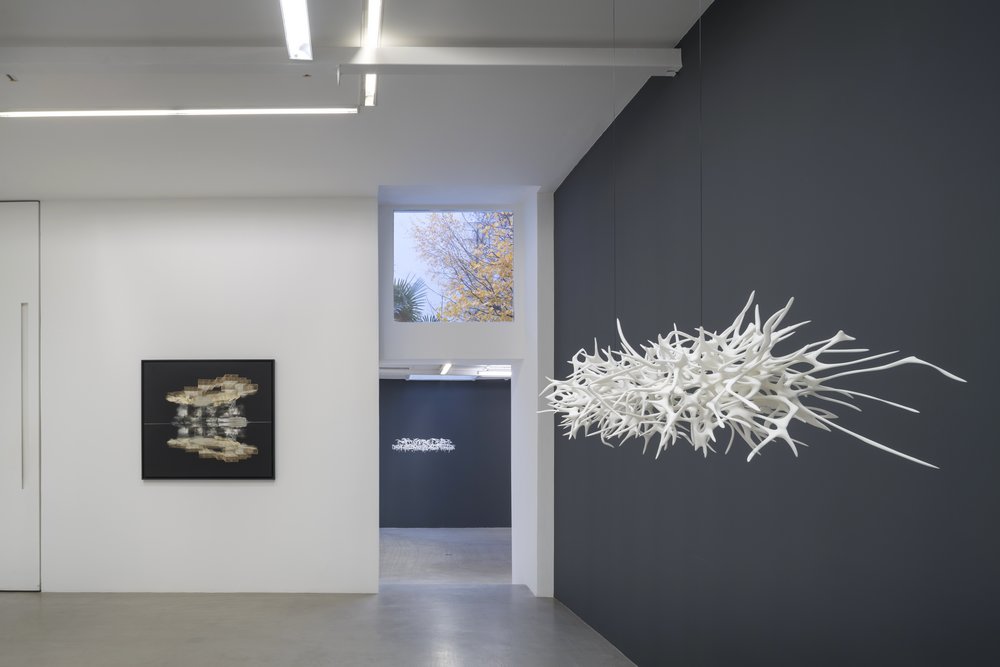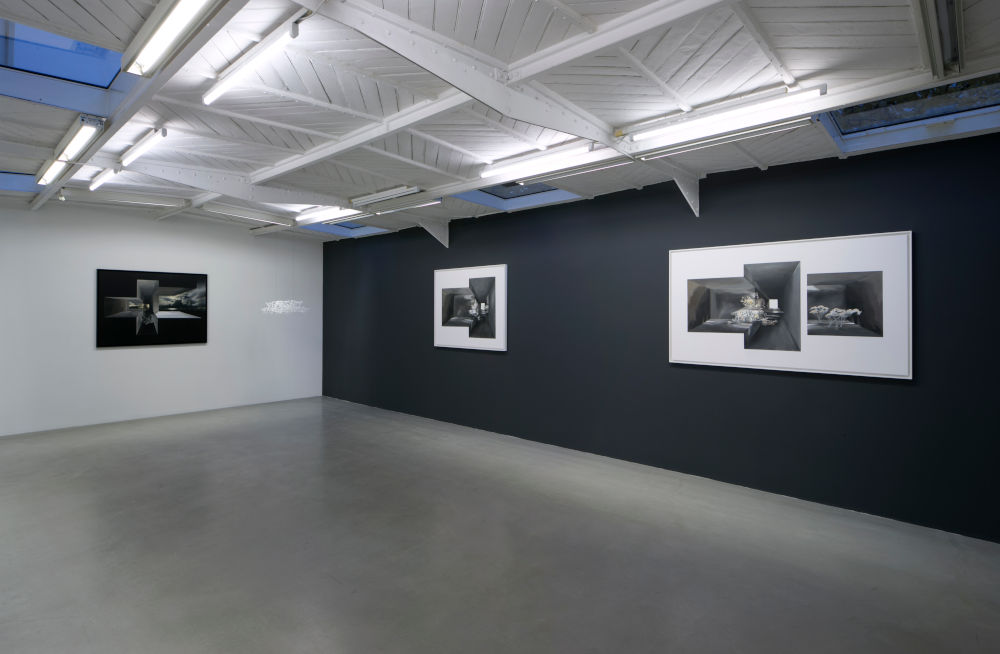ARCHITECTURE:Christian de Portzamparc
 A great architect and urban planner Christian de Portzamparc, has reconstructed many districts of French and foreign metropolises and has produced many cultural buildings around the world. In addition to his architectural projects, Christian de Portzamparc has always painted and drawn freely. According to him, this is a pure experience of thinking about space – pure because it is freed from the weight of the material involved in construction or even installation.
A great architect and urban planner Christian de Portzamparc, has reconstructed many districts of French and foreign metropolises and has produced many cultural buildings around the world. In addition to his architectural projects, Christian de Portzamparc has always painted and drawn freely. According to him, this is a pure experience of thinking about space – pure because it is freed from the weight of the material involved in construction or even installation.
By Dimitris Lempesis
Photo: Kamel Mennourm Archive
In Christian de Portzamparc’s solo exhibition ”Illuminations” at Kamel Mennour, Paris, his ideas and obsessions become pictorial facts. It is the system of descriptive geometry. It was created by Gaspard Monge* at the birth of the industry, and allowed to define by projection in two dimensions all the machines, objects, buildings, places in space, in this void that Kepler and Galileo had discovered infinite and in which we operate. This two-dimensional space representation system here becomes a pictorial structure. But the places described in the infinite space are only visible if light passes through it to meet matter: particles of gas, walls, dust, solid objects, which it illuminates. It is impossible for us to imagine what constitutes light in the infinitely small.
Christian de Portzamparc, was the first French architect to win the Pritzker Prize (1994). His interest in architecture and the built environment was stirred at a young age when he viewed sketches by Swiss architect Le Corbusier. Beginning in 1962, he studies architecture at the National School of Fine Arts in Paris. He left to live in New York in 1966 where he rubbed shoulders with the artistic community, before obtaining his diploma from the School of Fine Arts in 1969. Just out of school, he worked alongside a team of sociologists studying neighbourhoods throughout Paris, the buildings and their inhabitants and how their physical living conditions did and did not meet their needs. Through that experience Portzamparc came to view architecture not merely as a professional discipline but as a social responsibility. One of his earliest projects revealed his interest in addressing urban density. For an apartment complex in the centre of Paris, Hautes-Formes (1979), he incorporated open spaces and walkways between a group of seven residential buildings. In 1980 Portzamparc established his own firm, Atelier Christian de Portzamparc. Portzamparc’s passion for music led him to design many performing arts venues, including the Paris Opéra Ballet School in Nanterre, France (completed 1987), and what was called the Cité de la musique (opened 1995; now part of what is called Philharmonie 2) in Paris, which redefined an industrial and underused part of the city by means of concert halls, an amphitheatre, practice spaces, a music museum, and a library. In addition, he constructed the Philharmonie Luxembourg (completed 2005), praised by leading musicians and conductors for its acoustic capacities, and the Cidade das Artes in Rio de Janeiro (completed 2013). Other noteworthy projects included the LVMH Tower (1999), the Hearst Tower (2000), and One57 (2014), all in New York City. Portzamparc was recognized as a Commander of the Order of Arts and Letters by the French Ministry of Culture (1989) and was awarded the Great Prize of Architecture of the City of Paris (1990) and the Pritzker Architecture Prize (1994). In 2018 he received the Japan Art Association’s prestigious Praemium Imperiale prize for architecture. He was the author of “ Genealogy of Forms” (1996), in French and English, and the coauthor (with Philippe Sollers) of “Writing and Seeing Architecture” (2003).
*Gaspard Monge was a French mathematician, the inventor of descriptive geometry (the mathematical basis of technical drawing), and the father of differential geometry (a mathematical discipline that uses the techniques of differential calculus, integral calculus, linear algebra and multilinear algebra to study problems in geometry). During the French Revolution he served as the Minister of the Marine, and was involved in the reform of the French educational system, helping to found the École Polytechnique.
Info: Galerie kamel mennour 47 rue Saint-André-des-Arts, Paris, Duration: 28/11/19-18/1/20, Days & Hours: Mon-Sat 11:00-19:00, https://kamelmennour.com/


